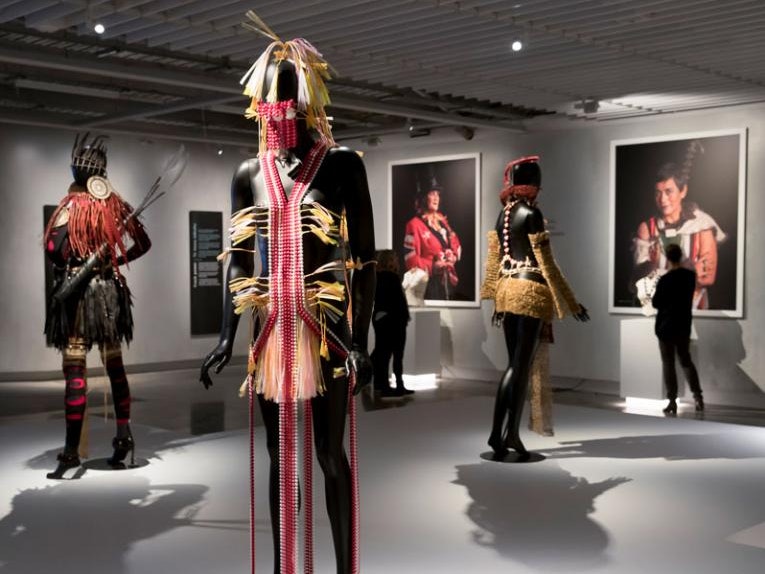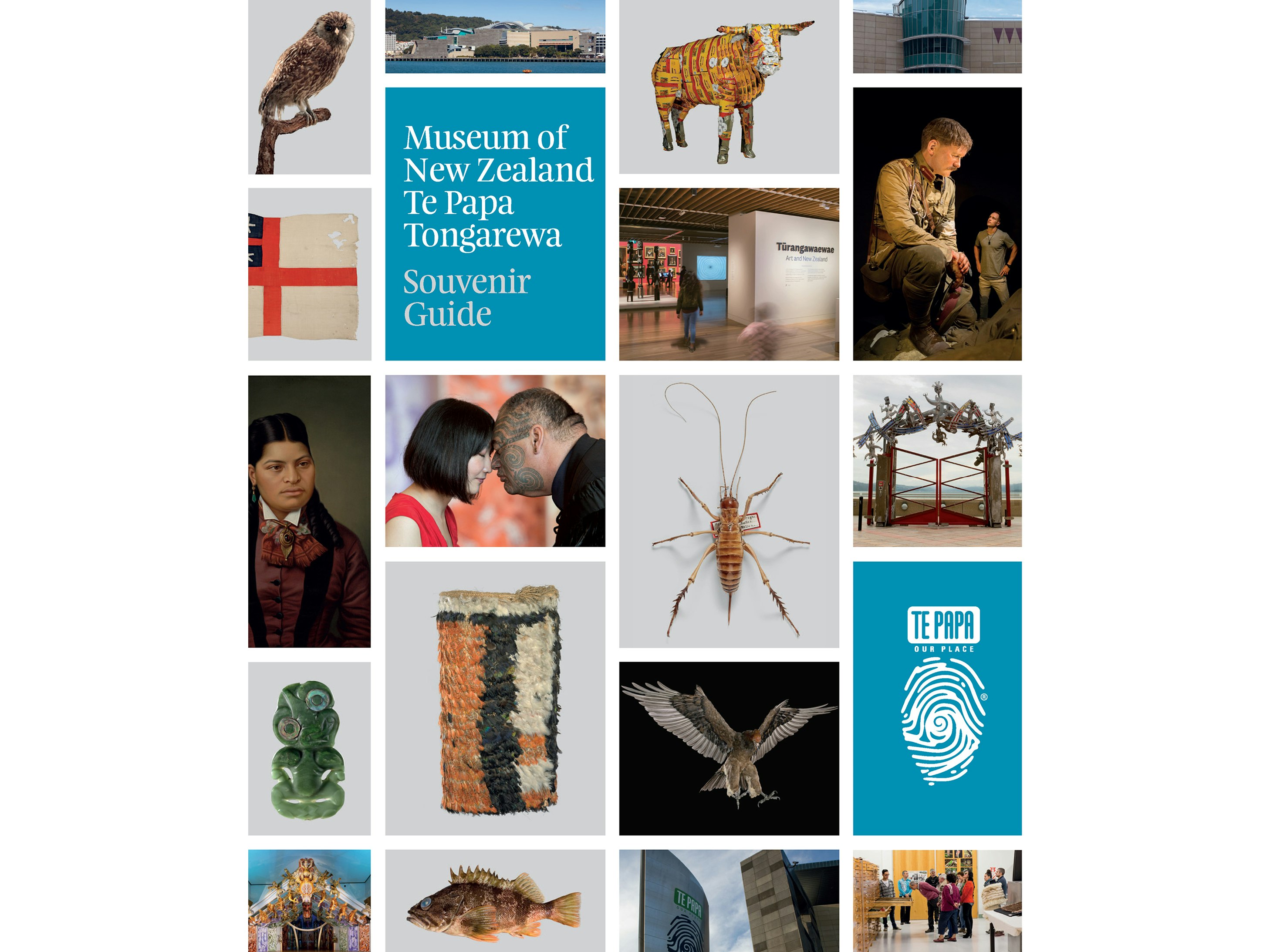
View more of our past exhibitions
Look at exhibitions presented at Te Papa, going back to 1998.
Free museum entry for New Zealanders and people living in New Zealand
Open every day 10am-6pm
(except Christmas Day)
Free museum entry for New Zealanders and people living in New Zealand
Discover how we came to be, from the opening of the Colonial Museum in 1865 to Te Papa today.
On this page:
Te Papa’s history
The meaning of Te Papa Tongarewa
Colonial Museum, Wellington, 29 September 1934, Wellington, by Leslie Adkin. Gift of G. L. Adkin family estate, 1964. Te Papa (A.005434)
The tiny Colonial Museum, Te Papa’s predecessor, opened behind Parliament’s buildings shortly after Parliament moved to Wellington in 1865.
The museum’s first director, Sir James Hector, prioritised scientific collections but also acquired a range of other items, often by donation. These included prints and paintings, ethnographic ‘curiosities’, and items of antiquity.
Colonial Museum on Collections Online
In 1907, the Colonial Museum was renamed the Dominion Museum and took on a broader national focus.
The idea of developing a public art gallery in Wellington was gathering support, and the Science and Art Act of 1913 paved the way for a national art gallery in the same building. However, it was only in 1930 that this idea started to become a reality, under the National Gallery and Dominion Museum Act.
Dominion Museum on Collections Online
Basin reserve from Mt. Victoria, Wellington, New Zealand, circa 1930, Wellington, maker unknown. Te Papa (PS.003116)
In 1936, a new building to house the Dominion Museum and new National Art Gallery opened in Buckle Street. It incorporated the New Zealand Academy of Fine Arts, which sold its land and donated the proceeds to the new organisation.
In 1972, the Dominion Museum became the National Museum.
National Art Gallery on Collections Online
New Zealand Academy of Fine Arts on Collections Online
National Museum of New Zealand on Collections Online
By the 1980s, the Buckle Street building was full to bursting. The museum, although much loved by visitors, no longer represented its increasingly diverse community.
In 1988, the government established the Project Development Board to canvass opinion and set the scene for a new national museum.
Vivienne Lee-Johnson at National Museum site, Buckle Street, Wellington, 1940s, Wellington, by Eric Lee-Johnson. Purchased 1997 with New Zealand Lottery Grants Board funds. © Te Papa. CC BY-NC-ND 4.0. Te Papa (O.011045)
The Museum of New Zealand Te Papa Tongarewa Act 1992 demonstrated a shift to represent New Zealand’s culturally diverse society and reach a broader audience. Emphasis was placed on collections and the nation’s access to them.
Under the Act, Te Papa would:
unite the National Museum and National Art Gallery as one entity
unite the collections of the two institutions so that New Zealand’s stories could be told in an interdisciplinary way
be a partnership between Tangata Whenua (Māori, the indigenous people of New Zealand) and Tangata Tiriti (people in New Zealand by right of the Treaty of Waitangi)
speak with authority
represent and appeal to New Zealand’s increasingly diverse society
be a place for discussion, debate, involvement, and celebration
link the past, present, and future.
Te Papa opening day in 1998
In 1994, construction of the new museum began.
The Museum of New Zealand Te Papa Tongarewa Act 1992
On 14 February 1998, Te Papa, housing the national art collection among its taonga, opened on Cable Street, Wellington – on time and within budget.
Since then, millions of people have visited Te Papa. Our narrative-based, interdisciplinary, and interactive approach has attracted international attention, as has our commitment to biculturalism.
Museum of New Zealand Te Papa Tongarewa on Collections Online
2001 – 5 million
2004 – 10 million
2008 – 15 million
2012 – 20 million
2015 – 25 million
2019 – 30 million
Head to Collections Online to read more about our five major collection areas:
Our te reo Māori name, ‘Te Papa Tongarewa’, translates literally to ‘container of treasures’. A fuller interpretation is ‘our container of treasured things and people that spring from mother earth here in New Zealand’.
The name is made up of two classical expressions used in Māori poetry and song:
‘Papa’ can be used to describe:
Papatūānuku (earth mother) – including New Zealand, where the museum is located
a papahou (carved Māori treasure box) and also the beloved homeland – te papa kāinga.
‘Tongarewa’ refers to:
a type of greenstone, such as the mauri (life force) stone on Te Marae
any other kind of treasure, such as a well-loved chiefly person.

Look at exhibitions presented at Te Papa, going back to 1998.

Haere mai and welcome to Te Papa, New Zealand’s national museum.